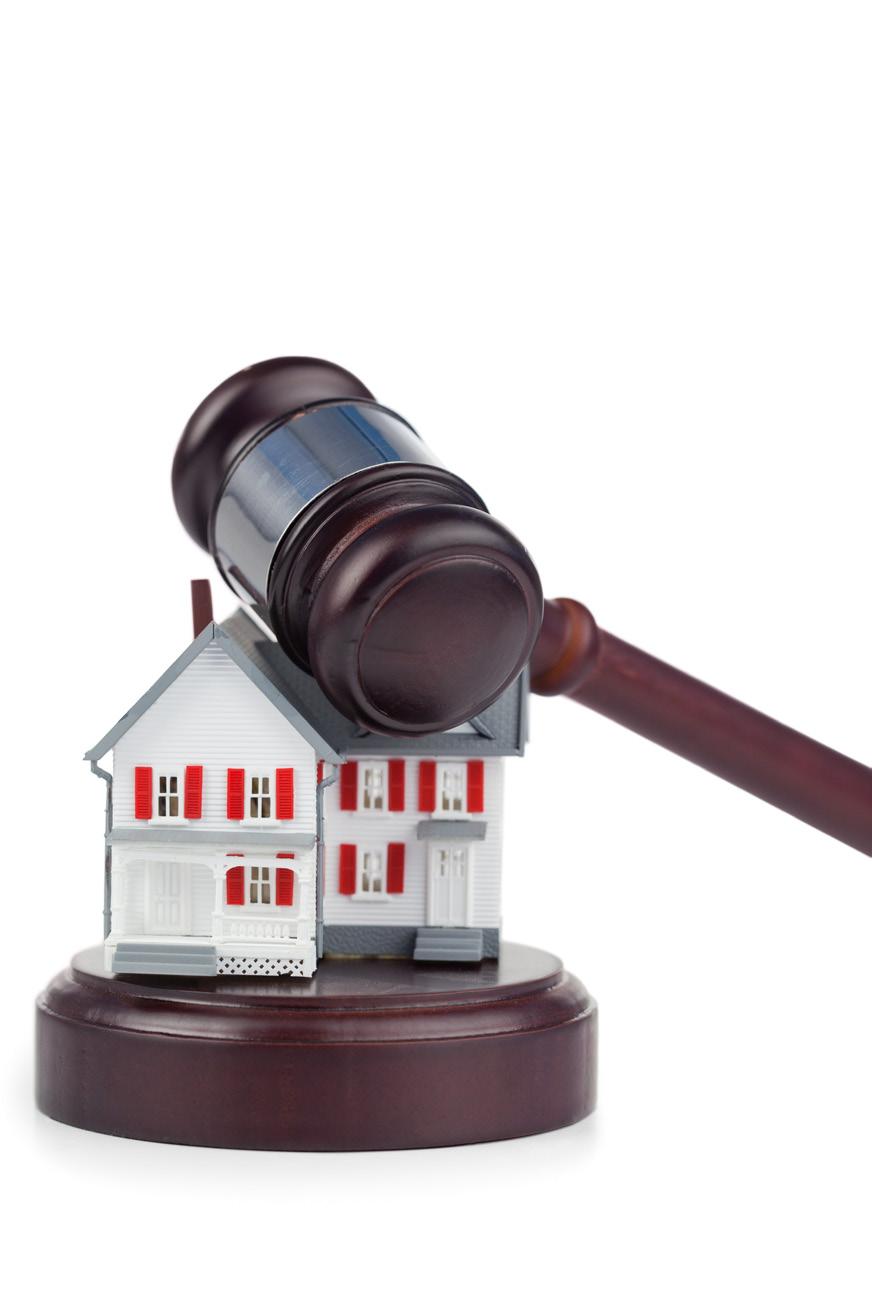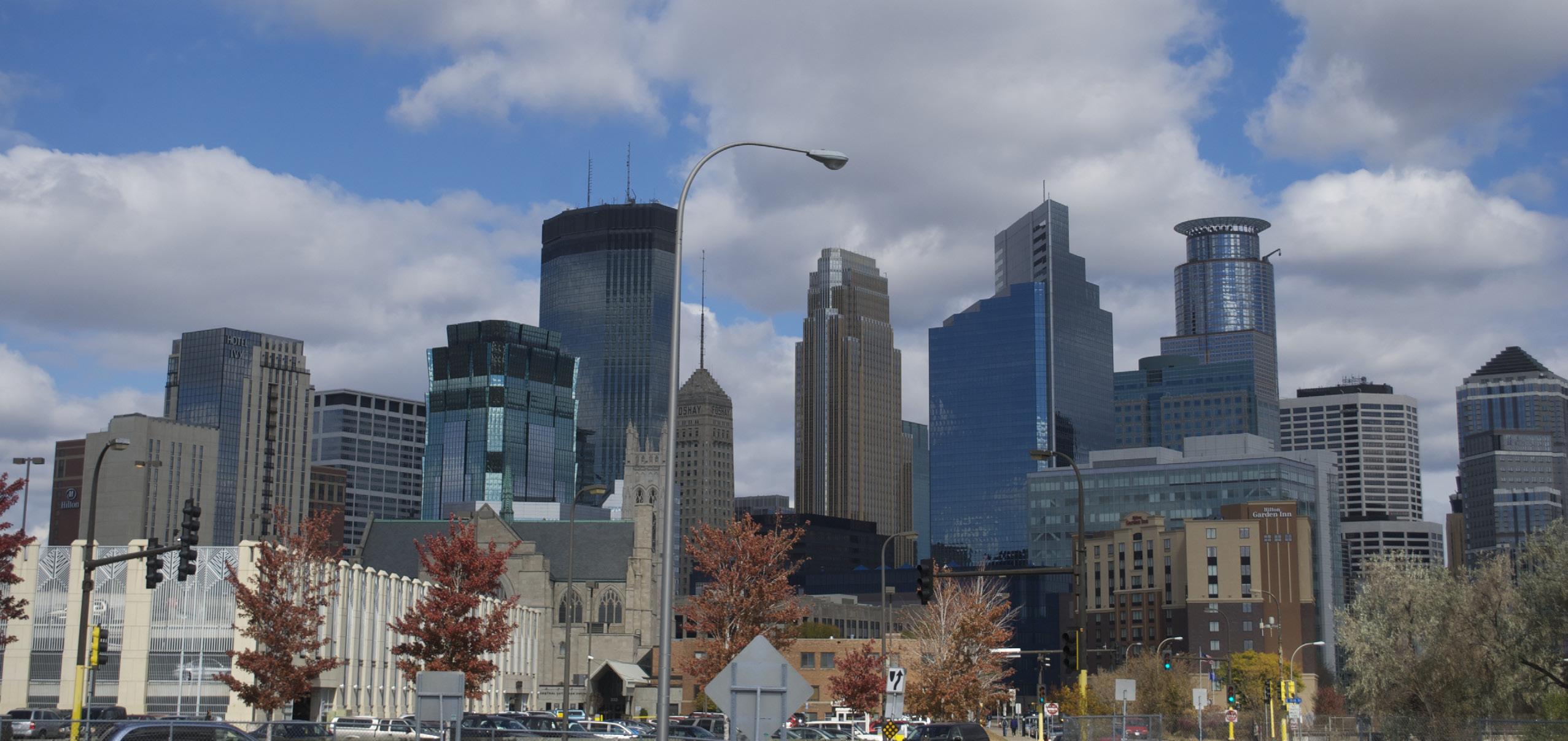
7 minute read
CFPB orders specialized loans servicing to
CFPB ORDERS SPECIALIZED LOANS SERVICING TO PAY $1.5 MILLION FOR FORECLOSURE ISSUES
The Consumer Financial Protection Bureau (CFPB) is a 21st-century agency that helps consumer finance markets work by regularly identifying and addressing outdated, unnecessary, or unduly burdensome regulations, by making rules more effective, by consistently enforcing federal consumer financial law, and by empowering consumers to take more control over their economic lives. According to CFPB’s servicing rules valid from 2014, servicers are prohibited from starting the foreclosure process after submission of the loss mitigation application by a distressed borrower.
INVESTIGATIONS INTO THE SPECIALIZED LOANS SERVICING According to CFPB, the Specialized Loans Servicing (SLS), a mortgage-loan servicer from Colorado, did not always stick to these rules. After thorough investigation, the Bureau discovered that since January 2014, SLS had violated the Real Estate Settlement Procedures Act (RESPA) and Regulation X by taking prohibited foreclosure actions against mortgage borrowers who were entitled to protection from foreclosure. The investigations also found out that SLS had several failed to send timely evaluation notices to entitled borrowers.
“Since January 10, 2014, Respondent made First Filings, moved for foreclosure judgment or order of sale, and conducted foreclosure sales in certain instances where the borrower was entitled to protection from these actions,” the Bureau stated in its consent order. “In some cases, SLS’s violations of Regulation X shortcircuited the protections against foreclosure for consumers whose homes were ultimately foreclosed upon.”
On May 11, CFPB settled the allegations with SLS through a consent order. Following the consent order, SLS is
required to pay a whopping $1.5 million in monetary relief to the Bureau. From the $1.5 million, $1.275 is for the affected consumers in the form of redress and waiver of borrower deficiencies, while $250,000 is the Bureau’s civil money penalty, which should be deposited into the Bureau’s Civil Penalty Fund. The $1.275 million will be allocated to consumers as follows; $500,000 will be waived in borrower deficiencies while the remaining $775,000 will be given back to affected consumers according to a redress plan approved by CFPB.
Beyond the monetary penalties, the consent order also directed SLS to adhere to the established rules. A statement from CFPB website read, “The settlement also requires SLS to implement policies and procedures that will ensure that borrowers receive the

protections from foreclosure to which they are entitled under RESPA and Regulation X, including preventing SLS from improperly making first filings, from improperly moving for foreclosure judgments or orders of sale, and from conducting foreclosure sales against borrowers who have submitted timely and facially complete or complete lossmitigation applications.”
SLS’S RESPONSE In a statement, SLS said that the issues were limited and added that the company settled the charges to end the situation. “SLS is pleased to have resolved this issue, which dates back to our initial interpretation and implementation of the Consumer Financial Protection Bureau’s 2014 Servicing Rules and which affected a limited number of borrowers,” said a spokesperson of the SLS parent company, Computershare Loan Services. “We welcome this resolution so that we can put this matter behind us and move forward with our mission to help our borrowers and clients during this difficult time.”
SLS agreed to take measures to ensure future compliance with RESPA and pledged to avoid any future improprieties in first filings, foreclosure judgments and orders of sale.
Works cited.
https://www.housingwire. com/articles/cfpb-ordersspecialized-loan-servicing-topay-1-5-million-for-foreclosureissues/ https://www.consumerfinance. gov/about-us/newsroom/ cfpb-settles-specialized-loanservicing/ https://www. nationalmortgagenews. com/news/specializedloan-servicing-settles-cfpballegations
8.8% OF THE US MORTGAGES ARE IN FORECLOSURE
A curator of the nation’s premier property database, ATTOM Data Solutions, which is also the first property data provider of Data-as-a-Service (DaaS), released its February Foreclosure Market Report on April 1.

According to the report, there were a total of 48,004 US properties with foreclosure filings, default notices, scheduled auctions, or bank repossessions. This figure also is the lowest number of total foreclosure filings recorded since the data provider began tracking in April 2005.
“Foreclosure activity across the United States hit new lows in February, yet another marker of the nation’s long housing boom,” states the chief product officer of ATTOM Data Solutions, Todd Teta. “However, as with just about anything connected to the housing market right now, the foreclosure situation is now totally in flux because of the ever-evolving coronavirus pandemic. Many lenders have suspended foreclosure proceedings, so the numbers will most likely continue to drop in the coming months. But after that, we may see an uptick in foreclosures as a result of dramatic economic impacts, such as more homeowners losing their jobs and falling behind on mortgage payments.”
The report shows that foreclosure completion numbers continue to decline on annual bases. Lenders repossessed 10,469 US properties through completed foreclosures (Real Estate Owned) in February 2020. This number represents a 1% increase from January but an 8% drop from last year, recording the second consecutive annual decrease in completed foreclosures. Some states recorded an annual drop in Real Estate Owned properties (REOs) in February, according to the ATTOM Data Solutions reports. The states include Florida with a 47% drop, New York with an 18% drop, New Jersey with a 37% drop, Maryland with 13% drop, and Texas with a 16% drop.
FORECLOSURE RATE
According to the report, one in every 2,841 housing units had a foreclosure filing in February nationwide. The states with the highest foreclosure rates were:

New Jersey with one in every 1,457 housing units with a foreclosure filing. Illinois, with one in every 1,507 housing units. Delaware has one in every 1,628 housing units. South Carolina had one in every 1,688 housing units. Maryland, with one in every 1,713 housing units.
Areas with the highest foreclosure rates in February among the 220 metropolitan statistical areas with at least 200,000 in population include;
Bakers field, CA – one in every 948 housing units Atlantic City, NJ—one in every 1,032. Columbia, SC—one in every 1,042. Rockford, IL—one in every 1,049. Fayetteville, NC—one in every 1.089 housing units.
The metropolitan areas with a population of more than 1 million, with the most severe February foreclosure rates, include;
Riverside, CA—one in every 1,109 housing units. Chicago, IL—one in every 1,314. Philadelphia, PA—one in every 1,393. Cleveland, OH—one in every 1,469. Baltimore, MD—one in every 1,605 housing units.
Moving on, the report further indicated that lenders started the foreclosure process on another 27,058 US properties in February 2020. The figure is a 3% increase from January but a 9% drop from 2019. What causes Foreclosure? You need to know some of the causes of Foreclosure so that you can be prepared. Some of the most common causes of Foreclosure include; negative equity, rising interest rates, and the five Ds.
Negative equity is a case where a home’s value declines, causing the homeowner to owe more to the lender than the home’s current worth. When negative equity occurs, the homeowner has only two options, to refinance if possible, or sell the home. An interest rate rising case is when a home buyer purchases a home through mortgage at low-interest rates, only for the rates to shoot incredibly high later, making it difficult for the homeowner to keep up with mortgage payments. This case is mostly attributed to subprime mortgages, whose primary recipients are those with lower credit scores, which worsens the situation.
Lastly, the five D’s refer to several personal situations that eventually lead to Foreclosure. They include; death, divorce, drugs, disease, and denial. Cases of death or divorce of/with the primary breadwinner, who used to make the mortgage payments, make it challenging to keep up with the payments; therefore, the only option is Foreclosure. In the same case, if the breadwinner turns to substance dependence to a point, they cannot make the monthly mortgage payments, the home faces Foreclosure.
Also, the emergence of unexpected medical bills that makes a homeowner bankrupt may lead to Foreclosure. Lastly, on denial, various factors may put a person in a financial distress situation, the person may not come into terms with the fact that their current situation is not compatible with staying in line with mortgage payments. When the lender realizes the situation, the best option is to start the foreclosure process.
Some of the causes stated above are avoidable, such as drugs and denial, in some instances. Making proper research and consultation before applying for a mortgage could also keep you away from falling into negative equity and a rise in interest rates pits.

Works cited
https://www.attomdata. com/news/market-trends/ foreclosures/attom-datasolutions-february-2020-u-sforeclosure-market-report/ https://www. citywidehomeloans.com/ common-causes-foreclosure/










